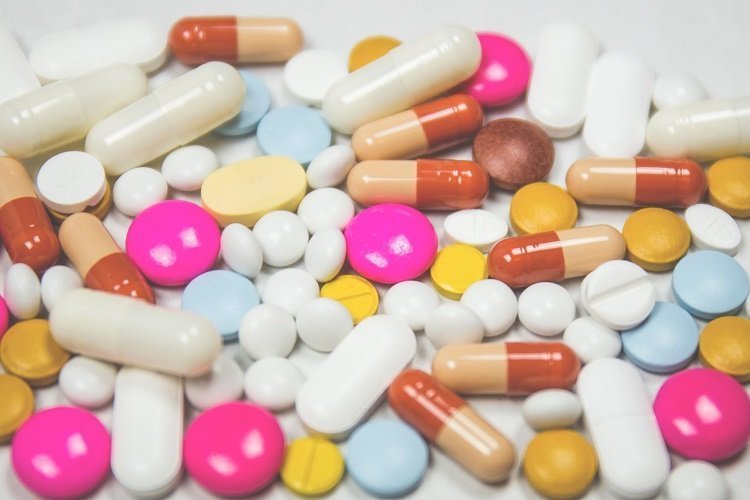The zero-waste movement has gained a lot of popularity over the past few years. The goal? To reduce landfill waste by creating more sustainable packaging for pharmacies.
To some, this might seem ludicrous, despite some pharmacy’s progress toward the goal with more eco-friendly packaging and a Pharmacy Packaging Machine. Fortunately, these efforts and many others have proven successful. Here’s what you should know about these efforts.
Sustainability and Minimization

Minimizing waste is an admirable goal that should be pursued by everyone. At least from a medical perspective, the trouble is that medicine is taken when someone is ill.
You are given a prescription, take it, and don’t worry about the packaging. For most people, medicine only plays a tiny part in day-to-day life. Further, there are other, more-dramatic ways that waste can be minimized.
However, anyone who has ever worked in a pharmacy knows that considerable waste that is generated, including everything from containers to bags and other rubbish that eventually finds its way to a landfill every day.
Packaging Beyond Sales
One of the most fundamental problems with packaging for pharmacies is that it does much more than provide a covering for a product. It protects the medicine from light, heat, and humidity. Those factors can, of course, reduce the effectiveness of some drugs dramatically.
When medications are protected from environmental factors, medicine will remain safe and stable for use. It also allows for a longer life in terms of usability. Another important issue about the packaging is that licensing only remains valid if a medicine is still in a blister pack. Safe packaging also ensures that patients receive informational brochures that accompany medications to make sure those medications are taken correctly. Packaging also helps to identify counterfeit medicines.
Growth of Green
Just as is the case with other industries, the pharmaceutical business has embraced many sustainable manufacturing processes. This not only reduces waste, but it also aims to use fewer toxic materials in products and packaging.
There are public relations issues at work here, too, since producers know that consumers want not only to see less packaging, but they also want to see more sustainable and biodegradable resources.
Worthy Efforts, but More to Go
As many strides as the pharmaceutical industry has made towards sustainability in packaging, much more work needs to be done. This issue includes foil and cardboard wrapping on each medication and sticky labels with directions that are stuck on a box. Things like these only serve to complicate the recycling process.
It’s Not All Bad News
A good example of this is the introduction of equipment such as pharmacy packaging machines, which not only work in multiple environments, such as retail and hospitals, but also allow pharmacies to itemize prescriptions to better fit patients’ needs, allow better printing, decrease operating costs, and much more.
What More Needs to Be Done?
Even with much progress already made, there is much left to do. This is made even more complicated because there are so many different hands involved in the process of sustainability in the pharmaceutical industry. For example, this includes pharmacists who made conscious decisions to use more sustainable packaging, customers who refuse to buy medicines with excess packaging, and makers that can design packaging with greater sustainability in mind.
The bottom line is that sustainability is everyone’s responsibility, and the sooner everyone in the supply chain embraces their contribution, the better it will be for everyone.

Presented by OmniAb – antibody discovery platform

